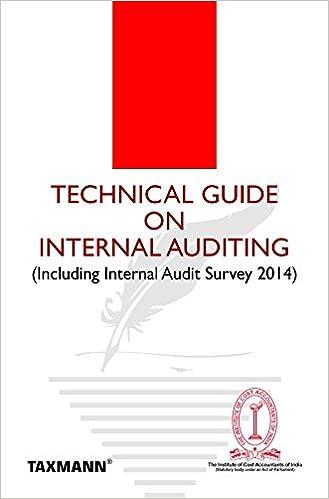Question
Presented below are condensed financial statements adapted from those of two actual companies competing in the pharmaceutical industryJohnson and Johnson (J&J) and Pfizer, Inc. ($
Presented below are condensed financial statements adapted from those of two actual companies competing in the pharmaceutical industryJohnson and Johnson (J&J) and Pfizer, Inc. ($ in millions, except per share amounts).
| Balance Sheets ($ in millions, except per share data) | |||||||
|
| J&J |
| Pfizer | ||||
| Assets: |
|
|
|
|
|
|
|
| Cash | $ | 5,377 |
|
| $ | 1,520 |
|
| Short-term investments |
| 4,146 |
|
|
| 10,432 |
|
| Accounts receivable (net) |
| 6,574 |
|
|
| 8,775 |
|
| Inventories |
| 3,588 |
|
|
| 5,837 |
|
| Other current assets |
| 3,310 |
|
|
| 3,177 |
|
| Current assets |
| 22,995 |
|
|
| 29,741 |
|
| Property, plant, and equipment (net) |
| 9,846 |
|
|
| 18,287 |
|
| Intangibles and other assets |
| 15,422 |
|
|
| 68,747 |
|
| Total assets | $ | 48,263 |
|
| $ | 116,775 |
|
| Liabilities and Shareholders' Equity: |
|
|
|
|
|
|
|
| Accounts payable | $ | 4,966 |
|
| $ | 2,601 |
|
| Short-term notes |
| 1,139 |
|
|
| 8,818 |
|
| Other current liabilities |
| 7,343 |
|
|
| 12,238 |
|
| Current liabilities |
| 13,448 |
|
|
| 23,657 |
|
| Long-term debt |
| 2,955 |
|
|
| 5,755 |
|
| Other long-term liabilities |
| 4,991 |
|
|
| 21,986 |
|
| Total liabilities |
| 21,394 |
|
|
| 51,398 |
|
| Capital stock (par and additional paid-in capital) |
| 3,120 |
|
|
| 67,050 |
|
| Retained earnings |
| 30,503 |
|
|
| 29,382 |
|
| Accumulated other comprehensive income (loss) |
| (590 | ) |
|
| 195 |
|
| Less: Treasury stock and other equity adjustments |
| (6,164 | ) |
|
| (31,250 | ) |
| Total shareholders' equity |
| 26,869 |
|
|
| 65,377 |
|
| Total liabilities and shareholders' equity | $ | 48,263 |
|
| $ | 116,775 |
|
| Income Statements | |||||||
| Net sales | $ | 41,862 |
|
| $ | 45,188 |
|
| Cost of goods sold |
| 12,176 |
|
|
| 9,832 |
|
| Gross profit |
| 29,686 |
|
|
| 35,356 |
|
| Operating expenses |
| 19,763 |
|
|
| 28,486 |
|
| Other (income) expensenet |
| (385 | ) |
|
| 3,610 |
|
| Income before taxes |
| 10,308 |
|
|
| 3,260 |
|
| Tax expense |
| 3,111 |
|
|
| 1,621 |
|
| Net income | $ | 7,197 |
|
| $ | 1,639 | * |
| Basic net income per share | $ | 2.42 |
|
| $ | 0.22 |
|
*This is before income from discontinued operations.
Prepare the following ratios for both companies, and compare:
| Accounts Receivables Turnover |
| Average Collection Period |
| Inventory Turnover |
| Average Days in Inventory |
| Profit Margin Ratio |
| Asset Turnover |
| Return on Assets |
| Return on Shareholders' Equity |
.
Then answer the following questions:
| Which of the two companies appears more efficient in collecting its accounts receivable and managing its inventory? |
| Which of the two firms had greater earnings relative to resources available? |
| Have the two companies achieved their respective rates of return on assets with similar combinations of profit margin and turnover? |
| From the perspective of a common shareholder, which of the two firms provided a greater rate of return? |
| From the perspective of a common shareholder, which of the two firms appears to be using leverage more effectively to provide a return to shareholders above the rate of return on assets? |
Step by Step Solution
There are 3 Steps involved in it
Step: 1

Get Instant Access to Expert-Tailored Solutions
See step-by-step solutions with expert insights and AI powered tools for academic success
Step: 2

Step: 3

Ace Your Homework with AI
Get the answers you need in no time with our AI-driven, step-by-step assistance
Get Started


